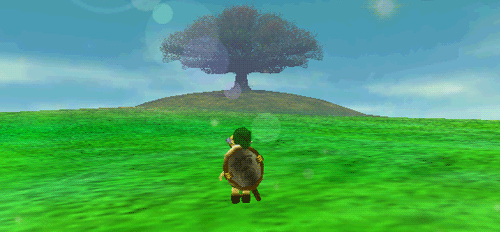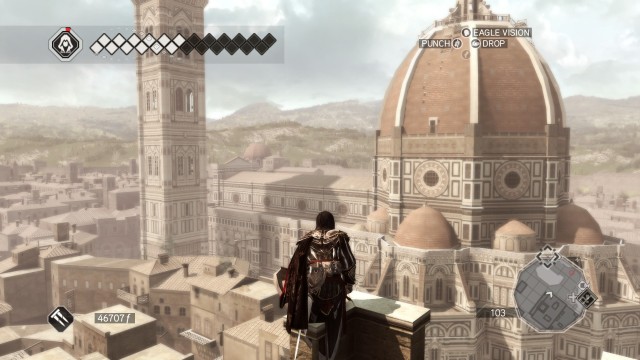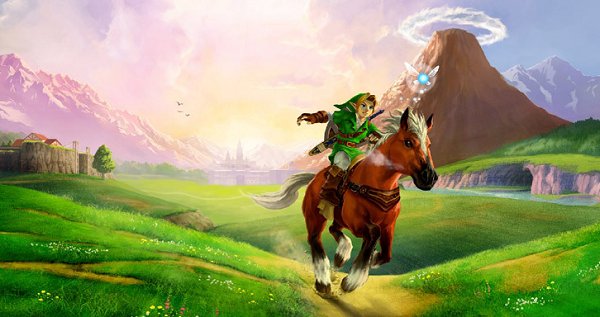
Using Gaming as a Tool for Learning
Gaming in education is a notion in which often receives much criticism in terms of its usefulness as appose to a gimmicky distraction from “real “ learning.
Generally the approaches to gaming in education use methods to simplify complex concepts in order for the learner to experience an interactive encounter with it. The problem here is that sometimes complex concepts need to remain complex in order to be fully learned. When they are simplified or broken down there can be a divide to the meaningful critical thinking that is required to understand the subject.
The ways that games are designed determine the validity of using games as a tool for learning.
James Paul Gee from the University of Wisconsin (2005) discusses the value of using gaming as a learning tool for understanding complex questions and concepts.
He identifies key principles when using games as an educational resource.
These principals intend on changing the mindset of where learning takes place and how something that can be perceived as leisure can be translated into real world problem solving scenarios. These ideas fall in conjunction with Paperts writings on the need for an educational reform geared towards learners.

Gee discusses in his article the act of playing games is often a practice that empowers learners and makes the learning self-centred.
Many games such as The Legend of Zelda, Assassins Creed and the Elder Scrolls Series are long and complex role-playing games filled with challenging puzzles missions and challenges to overcome. It requires the player to gather information throughout the world in order to solve a problem in order to proceed. The legend of Zelda for example offers the player a number of solutions to a problem to which the player must engage critical thinking and reason in order to make the correct decision. This sort of thinking strategies can easily translate itself into a real world or educative setting for subjects and tasks that require engaging logical thinking in order to reach the correct or satisfactory outcome.
A game such as Assassins creed is built sourly on historical information and fact where the map is geographically correct within its set time period. This allows the player to subconsciously understand geographical and special awareness of a particular time in history.


From playing games the player is granted with motivation and sense of empowerment to be rewarded. They move along a continuum of increasing difficulty building on top of problems to achieve a sense of achievement and accomplishment. There can be many parallels drawn here between the increase in difficulty and sense of accomplishment with what should be the climate of education.
Those who play games may also explore the notion of identity. Games such as The Sims or Second Life offer many a sense of alternate identity or perception. A critique of games such as this may be that they do not offer many transferable skills to real life settings and serve more as empty entertainment. These types of games may however invite the player into experiencing of viewing information from another’s perspective.

Links between the notion of gaming and hard and soft programming can be applied here. To initially learn how to control your character or the base functions at the game there are a set of rules the player must follow. Weather this be pressing the correct buttons or moving in the correct direction, this would come under the umbrella of hard programming in terms of the thinking style. Soft programming methods of thinking would be incorporated later through the functionality of the game becoming automatic and the conceptual components of problem solving becoming the focus.
Something that I have founding my own experience of gaming is the difference in the progression of particularly RPG games. Previously in games such as the legend of Zelda, when a problem or a puzzle was reached, the player has to gather required information to solve the problem in order to proceed to the next section of the game. The criticism with this however may be that it tells students there is only one-way to solve a problem when often there will be many.
Modern generation of games have a different progression as the player is still able to proceed however they may not have 100% synchronisation (Assassins Creed Series) or get all available points.
This draws similarities to concepts of education for example a maths problem. A student must try alternate tactics or methods in order to solve a problem. The difference in mindset between maths and gaming however would be that they see themselves as not being predisposed to the subject or the topic rather than thinking they are one step closer to solving the problem and reaching the answer.
Our job as educators should focus on transferring this mindset over to tasks in education for actively attempting ways to solve and improve rather than giving up and giving reasons for failure.
The video above is a Ted talk by Rick Van Eck on the the gaming of educational transformation. Like Papert and Gee, Van Eck discusses game based learning appealing to the 21st century learners.
Gee concludes his article with the following excerpt that resonated with me-
“When we think of games, we think of fun. When we think of learning we think of work. Games show us this is wrong. They trigger deep learning that is itself part and parcel of the fun. It is what makes good games deep. “ – JAMES PAUL GEE University of Wisconsin-Madison, USA 2005
Journal
During our time working on our robots this lesson the first portion of time did not feel entirely productive. We had put our program together and now needed to test whether or not it would work by uploading it onto our robot. The past few lessons we have had difficulty’s constructing the robot as there are limited places the Lego can connect to eachother. One thing that progressed our robot was the re thinking of how it would complete the task. Instead of making the robot turn to be able to select the coloured object we decided to just make it move forward and back to push objects. At this point we did run out of time to be able to put this change in place but at least now we have a clear goal for what we would like to put in place for next time.
Gaming and My Teaching Practice
As a visual arts teacher as well as a practicing artist, games have played a significant role in much of my art. It may be evident from the above discussion that from a young age have I gravitated towards high fantasy adventure and aesthetically pleasing RPG genres.
In my teaching practice i have also found myself to encourage students to use the games they play as a form of inspiration just as i have. In Studio arts there is also a requirement to promote critical thinking and discussion about art. There has long been a controversy within the art and gaming world with the acknowledgment of games as an art form. For theoretical lessons and critical art analysis this debate can be a point of reference to start these conversations with students in questioning and challenging their own opinions of what constitutes art.
References:
JAMES PAUL GEE 2005 Learning by Design: good video games as learning machines E–Learning, Volume 2, Number 1, 2005

